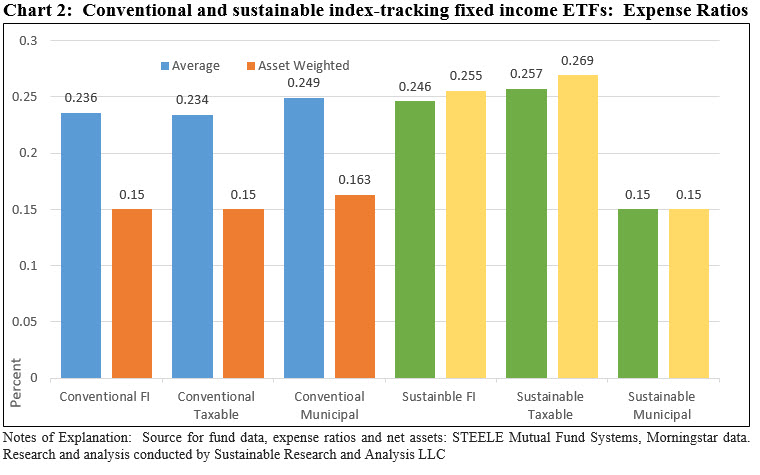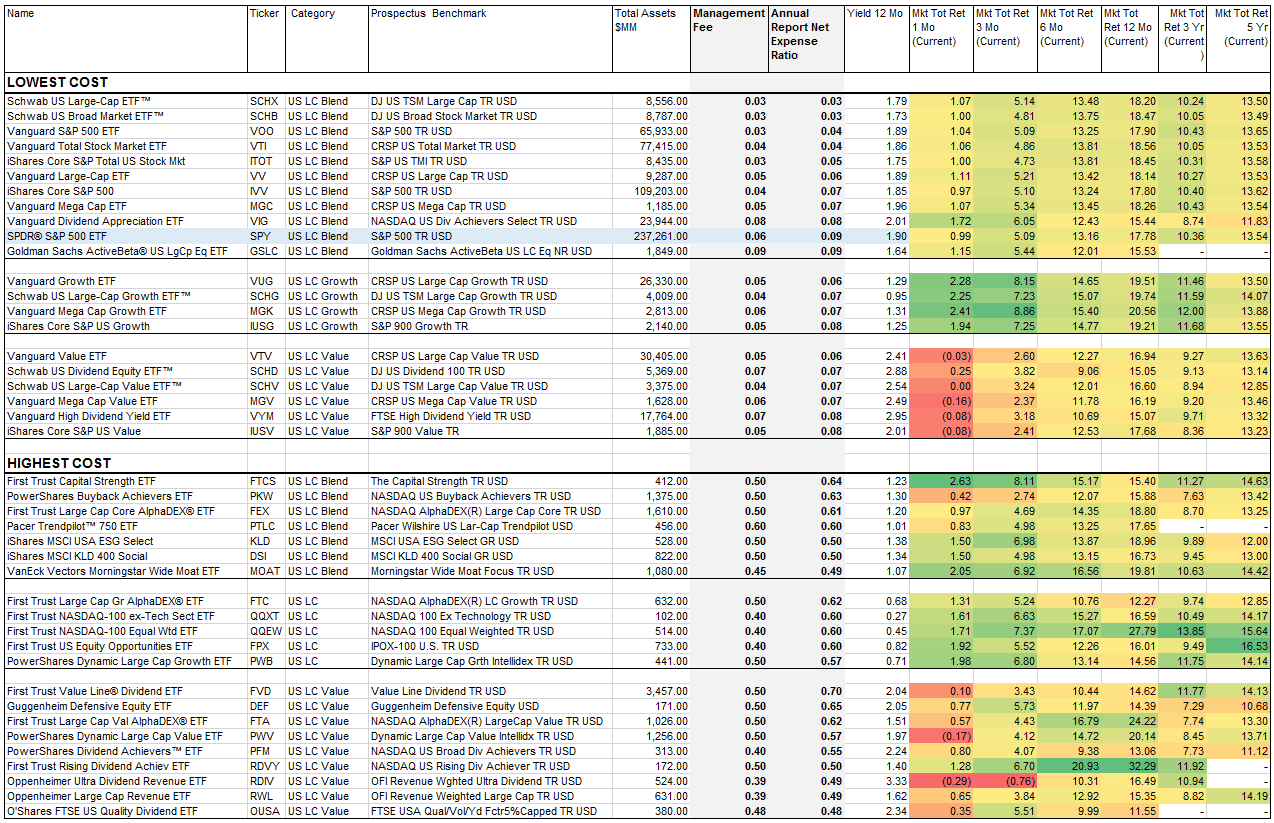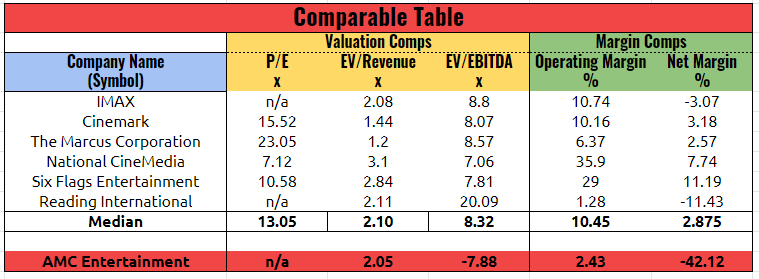

The fund has more than $24 billion in assets, so investors should have no issues buying or selling shares when they want to. The iShares National Muni Bond ETF invests in more than 2,000 municipal bonds from state and local governments around the U.S., aiming to generate tax-free income for investors. The advantage of municipal bonds is that investors’ returns are typically exempt from federal income tax, making them popular for investors looking to reduce their tax burden. For example, a city might issue a municipal bond to pay for infrastructure improvements or other projects. Municipal bonds are issued by state and local governments. 15, 2021): 4.71%Expense ratio: 0.07%Assets under management (AUM as of Dec. Municipal Bonds: iShares National Muni Bond ETF #ģ-year return (as of Dec. The expense ratio is quite low at 0.04%, equal to 40 cents for every $1,000 invested. The fund has nearly $17 billion in assets, meaning investors won’t have to worry about liquidity. The MBS in the fund’s portfolio have maturities ranging from three to 10 years, giving them a moderate level of interest-rate risk. Vanguard Mortgage-Backed Securities ETF focuses on MBS backed by government agencies like Ginnie Mae, Fannie Mae, and Freddie Mac. These securities are popular because they often provide monthly interest payments instead of semiannual ones. Mortgage-backed securities (MBS) are bonds secured by real estate loans, such as mortgages. 15, 2021): 3.68%Expense ratio: 0.04%Assets under management (AUM as of Dec. Mortgage-Backed Securities: Vanguard Mortgage-Backed Securities ETF #ģ-year return (as of Dec. The expense ratio of 0.05%, equivalent to just 50 cents for every $1,000 invested, also makes this fund very cheap to invest in. With more than $58 billion in assets, the fund is highly liquid. This provides a reasonable rate of return with additional protection, should inflation spike. government inflation-protected bonds with terms of five years or fewer. Inflation-protected bonds include a mechanism to increase their interest rate when inflation rises. If inflation rises, the interest you earn may not be enough to maintain your investment’s purchasing power, meaning you’re losing value overall. Inflation risk is another major risk that bond investors face. 15, 2021): 4.56%Expense ratio: 0.05%Assets under management (AUM as of Dec.

Inflation-Protected Bonds: Vanguard Short-Term Inflation-Protected Securities ETF #ģ-year return (as of Dec. The fund is also relatively cheap, charging an expense ratio of 0.20%, or $2 per $1,000 invested. This fund has just $438 million under management, making it the smallest ETF on this list, but that should be sufficient to maintain liquidity for investors.

The interest on the bonds-and, therefore, the return-will be lower, but this reduces the risk of losing money in a rising rate environment.

If rates rise, bond values tend to fall because investors can buy newer bonds with better rates.Ī short-term bond fund, like the SPDR SSGA Ultra Short Term Bond ETF, reduces that risk by focusing only on buying bonds that have very short maturities. One of the primary types of risk that bond investors face is interest rate risk. 15, 2021): 1.68%Expense ratio: 0.20%Assets under management (AUM as of Dec. Short-Term Bonds: SPDR SSGA Ultra Short Term Bond ETF #ģ-year return (as of Dec. It’s also incredibly cheap, charging an expense ratio of just 0.035%, equivalent to just 35 cents for every $1,000 you invest. With more than $317 billion in assets, liquidity won’t be an issue for this fund. If you’re looking for a single ETF to make up the bond portion of your portfolio, this is one of the most diversified options out there. This means the fund gives you exposure to a variety of government bonds, high-grade corporate, and other types of bonds. We built this list by looking at and comparing a few factors, including the minimum investment required, the expense ratio and other fees charged by the fund, as well as the fund’s historical returns, trade volume, and dividends. If you’re looking to invest in a bond ETF, these are the best ones-listed in no particular order-to consider in 2022. Bond exchange-traded funds (ETFs) make it easy to invest in many bonds at once, building a diversified portfolio to reduce the risk you face if a particular bond issuer defaults.


 0 kommentar(er)
0 kommentar(er)
